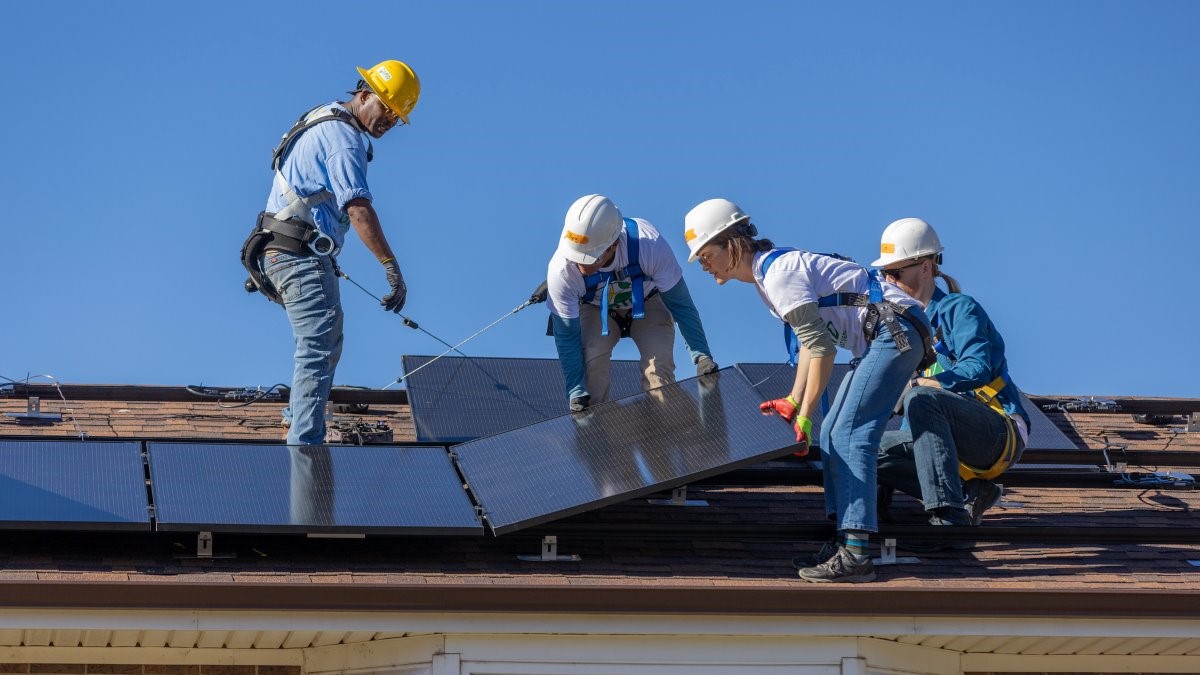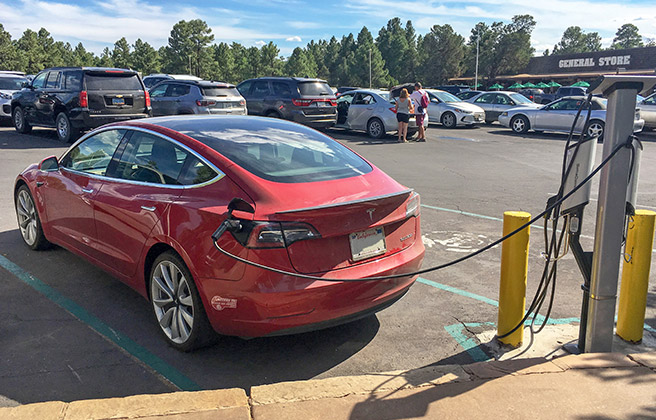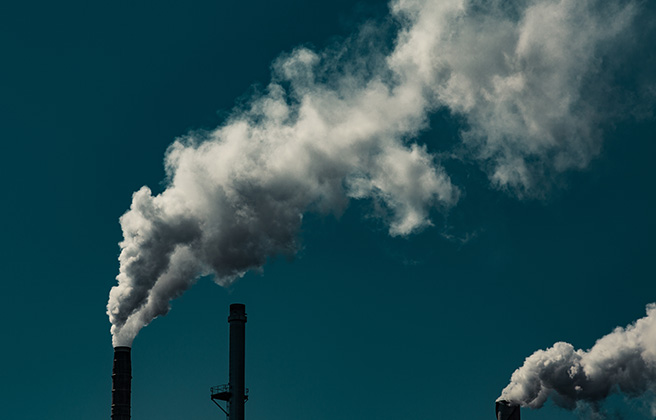
LCV Organizer Stories: From Climate Denial to Climate Activism
Nov 4, 2024
Choose to fight back: make a gift to LCV to show your commitment to our climate and democracy Give Now
 Staff from the National Renewable Energy Laboratory and GRID Alternatives Colorado install rooftop solar panels during a volunteer event with GRID Alternatives Colorado. The 6.7kW solar installation project should provide the home with $1,200 annual savings, as well as deliver clean energy to their home, over the next 20 years. Credit: U.S. Department of Energy
Staff from the National Renewable Energy Laboratory and GRID Alternatives Colorado install rooftop solar panels during a volunteer event with GRID Alternatives Colorado. The 6.7kW solar installation project should provide the home with $1,200 annual savings, as well as deliver clean energy to their home, over the next 20 years. Credit: U.S. Department of Energy
For the second year in a row, summer’s extreme heat has shattered global records. Cities across the U.S. hit record highs and endured extended heat waves such as Phoenix, Arizona’s 100 day stretch of 100+ degree temperatures. But even as these extremes driven by climate change put the world on track for its hottest year ever, the summer also brought an abundance of good news in the ongoing fight against climate change. Highlights include exciting progress in the clean energy transition, electric vehicle adoption, environmental justice, initiatives to improve public health, new tactics to cut climate-change-causing pollution, and wildfire preparedness and recovery. Keep reading to learn more about this inspiring progress!
New data released by the Department of the Treasury last month revealed that more than 3.4 million households in the U.S. received a total of $8.4 billion (!!!) in tax credits from the Biden-Harris administration’s Affordable Clean Energy Plan for making energy efficient upgrades to their homes. In addition to the upfront savings, these upgrades, which include home weatherization and installing appliances such as heat pumps, induction stoves, and even solar panels, can lower households’ energy bills by hundreds or thousands of dollars a year. Check out stories of everyday people who have taken advantage of tax credits for making energy efficient upgrades to their homes at lcv.org/stories!
Another report released last month by Climate Power shows that since 2022, the Clean Energy Plan has created a whopping 330,000+ good-paying jobs in the clean energy sector for electricians, mechanics, construction workers, and many others. Even better? The majority of the positions created by the legislation do not require a four-year degree, making them accessible to more people.
And, the administration is also making sure that the benefits of its Clean Energy Plan are felt in rural communities. In late July, the U.S. Department of Agriculture announced an investment of $160 million, largely from the Inflation Reduction Act and Infrastructure Investment and Jobs Act, to support 338 projects in 39 states and Guam to expand access to clean energy for rural residents. The projects will create clean energy jobs and lower energy costs in these rural communities. Some examples of the projects funded by this investment include:
 Credit: Grand Canyon National Park
Credit: Grand Canyon National Park
New national and local commitments will rev up electric vehicle (EV) manufacturing and adoption across the country. In August, the Department of Energy announced $50 million in automotive manufacturing grants for six states with significant automotive workforces. The grants will help small and mid-sized supply manufacturers adapt their facilities to make parts for electric vehicles. Adapting to the growing EV industry will preserve good-paying, union jobs in communities that rely heavily on the automotive industry. The grants are part of the Biden-Harris Administration’s Investing in America agenda.
Meanwhile, hundreds of U.S. mayors pledged to go electric. Nearly 350 members of the bipartisan group Climate Mayors have signed a commitment to transition at least half of their cities’ fleets to electric vehicles by 2030. This commitment will slash emissions from transportation by putting 80,000-100,000 new zero-emission vehicles on the road, meaning cleaner, safer air for communities nationwide.
At the end of July, the White House released a report highlighting outstanding progress in environmental justice including securing more than $600 billion over five years to support programs such as the Justice40 Initiative, Solar for All, and the Environmental and Climate Justice block grant program. The Biden-Harris administration’s investments in environmental justice are already delivering cleaner air and water and lowering energy costs in communities that have been historically overburdened by pollution.
In another incredible step forward for environmental justice, Puerto Rico filed a $1 billion lawsuit against oil and gas companies, alleging that they failed to warn consumers of the risk fossil fuels pose to the environment. The lawsuit calls for these companies to contribute to a fund to tackle environmental damage and strengthen climate resilience on the island, which has sustained billions of dollars in damage from climate-change-fueled natural disasters.
The Biden-Harris administration recently released the country’s first-ever National Heat Strategy for 2024-2030 which aims to improve extreme heat planning, resilience, and response. Extreme heat is the leading weather-related killer in the nation and is responsible for over 1,200 deaths in the U.S. each year. The National Heat Strategy will help to protect vulnerable populations, such as the very young and the very old, as well as people who work outside or do not have access to air conditioning, from dangers associated with the growing threat of extreme heat.
At the end of July, EPA also proposed a rule to ban several workplace and consumer uses of a hazardous solvent called 1-bromopropane (1-BP) under the Toxic Substances Control Act to protect public health. This solvent is known to have a high cancer risk and other adverse health effects, such as damage to the liver, kidneys, and reproductive and nervous systems. Banning most workplace and consumer uses of 1-BP will keep workers and consumers safe from these harmful effects.
 Credit: Tony Webster
Credit: Tony Webster
New actions taken by the Biden-Harris administration are helping to address climate pollution on a large scale. This summer, the Biden-Harris administration announced new actions to advance detection and reporting of climate super pollutants, including new agreements with the National Oceanic and Atmospheric Association (NOAA) and NASA to scale up monitoring efforts. The plan targets super-pollutant greenhouse gasses such as methane, hydrofluorocarbons (HFCs), and nitrous oxide (N2O) which all contribute significantly to climate change. The administration also put forth new initiatives to reduce domestic and international methane emissions, including an updated Clean Air Act from EPA.
The administration is also investing $4.3 billion in projects across 30 states to cut climate pollution as part of their Climate Pollution Reduction Grants program, which aims to tackle climate change, improve air quality, and advance environmental justice. The selected projects would reduce greenhouse gas pollution by an estimated 971 million metric tons of carbon dioxide equivalent by 2050, making this investment a major step in cutting pollution and achieving our climate goals. Grant recipients from this round of investments include:
 Credit: Karon Elliott Edleson on Flickr
Credit: Karon Elliott Edleson on Flickr
Wildfires are devastating disasters that are made worse by climate change, and improving wildfire detection and response will help keep our communities safe. As part of the Biden-Harris administration’s goal of bolstering wildfire preparedness, the Agriculture and Interior departments are investing $20 million in advanced remote sensing technology. This new technology will allow wildland firefighters to more quickly and accurately detect wildfires in an effort to improve response times when a wildfire begins.
And, one year after devastating wildfires tore through Maui, the local community is celebrating the recovery of a 151-year-old banyan tree, an iconic landmark which suffered damage from the blazes. Thanks to the hard work of arborists and volunteers, the tree is said to be thriving and has become a symbol of hope in the aftermath of the fires.
Follow us on Instagram or Twitter for weekly Good Climate News updates, and we’ll be back on The Power Source blog next month with another roundup of highlights.
To get involved in bringing about even more good climate news, join us at lcv.org/get-involved/.